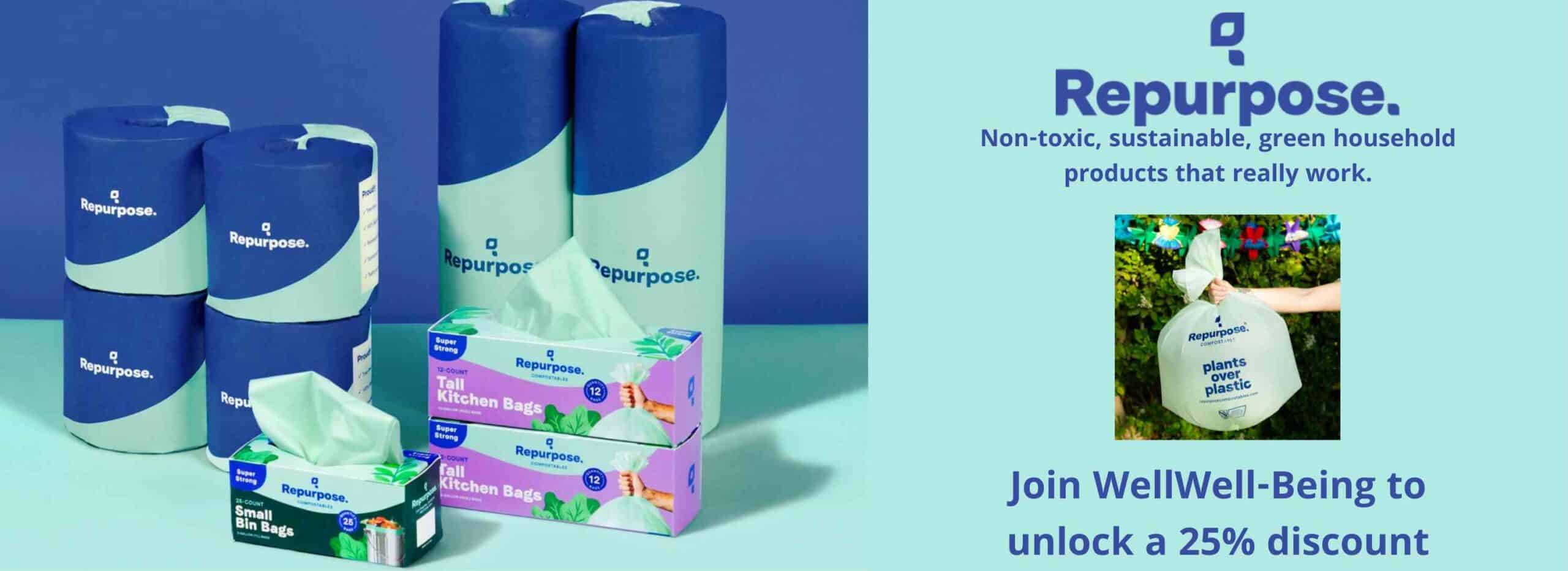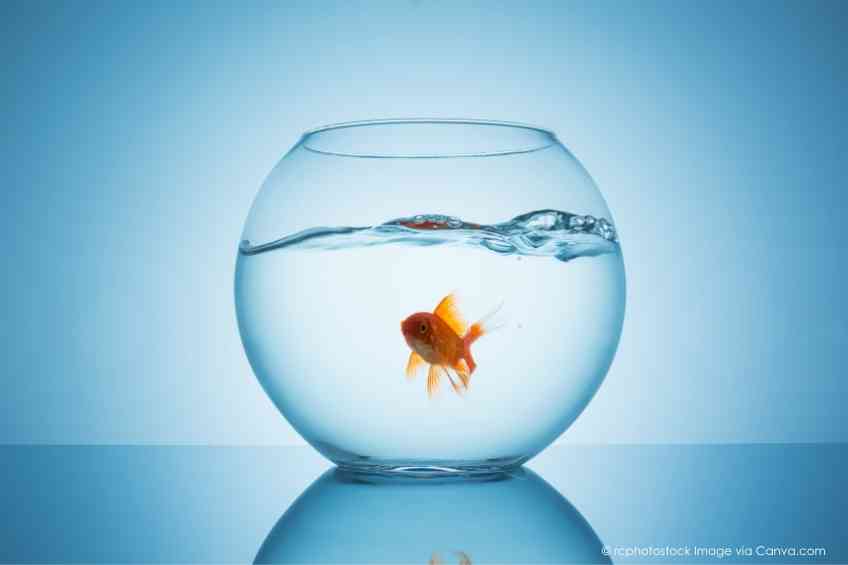By John Salak –
Decapod crustaceans of the Infraorder Brachyura, crabs, could hold the key to unlocking the power of renewable energy and electric vehicles. Blue claw, spider, green swimmers, snow, dungeness, fiddler and alike.
These crusty fellows could solve the vexing environmental problem most batteries face. They aren’t sustainable, undermine clean energy, and can’t power electric vehicles and other items. Crab shells overcome this hurdle by creating biodegradable electrolytes for zinc batteries, which allows them to be recyclable or safely discarded, according to research by the University of Maryland.
“Vast quantities of batteries are produced and consumed, raising the possibility of environmental problems,” reported Liangbing Hu, the research’s lead author. “For example, polypropylene and polycarbonate separators, which are in Lithium-ion batteries, take hundreds or thousands of years to degrade and add to the environmental burden.”
Electrolytes are essential for batteries because they shuttle ions back and forth between positively and negatively charged terminals. Unfortunately, many batteries use flammable or corrosive chemicals, making them environmentally unfriendly. This new battery uses a gel electrolyte made from a biological material called chitosan, where crabs come into play.
“Chitosan is a derivative product of chitin. Chitin has a lot of sources, including the cell walls of fungi, the exoskeletons of crustaceans, and squid pens,” Hu said. “The most abundant source of chitosan is the exoskeletons of crustaceans, including crabs, shrimps and lobsters, which can be easily obtained from seafood waste. You can find it on your table.”
About two-thirds of the chitosan battery may break down within five months by microbes, leaving behind just zinc, rather than lead or lithium, which could be recyclable.
“Zinc is more abundant in earth’s crust than lithium,” Hu noted. “, well-developed zinc batteries are cheaper and safer.”
The zinc and chitosan battery isn’t only safe and sustainable, it has an energy efficiency of 99.7 percent after 1000 battery cycles, making it a viable option for storing energy generated by wind and solar for transfer to power grids. The next stage in the process is to create a manufacturing system to crank out crabby batteries.
In the meantime, dinners may want to think kindlier of their crab or lobster dinners before digging in.













